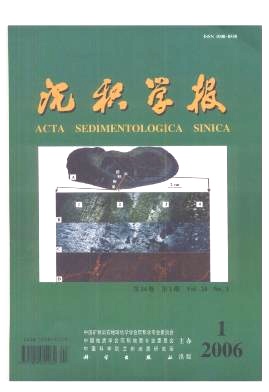“Snowball Earth” Hypothesis and the Palaeoenvironment for Life Evolution during the Late Neoproterozoic
- Received Date: 1900-01-01
- Rev Recd Date: 1900-01-01
- Publish Date: 2006-02-10
-
Key words:
- Neoproterozoic
Abstract: During the Neoproterozoic, earth suffered through at least two globeengulfing ice age. Researchers proposed “Snowball earth” hypothesis to explain a series of puzzling Neoproterozoic sedimentary recordings. This hypothesis has become an ancient widow for the study of global glaciation and bioradiation aftermath. Other researchers, however, do not agree that the earth has been completely icecovered. They proposed alternative hypotheses, such as “Slushball/ Semifrozen Earth”, and “Thinice”models. Although, each hypothesis cannot explain all the geological and geochemical recordings, more and more evidence, especially, molecular organic geochemical and biological evidences show that the ocean was not entirely icecovered during “Snowball Earth”age. Thin ice sheets or open water zones remained in tropical areas. The open water zone is essential for the survival and evolution of photosynthetic organisms, which would make a significant impact on the “Cambrian Bioradiation” and the evolution of life on the earth.
| Citation: | LI Meijun. “Snowball Earth” Hypothesis and the Palaeoenvironment for Life Evolution during the Late Neoproterozoic[J]. Acta Sedimentologica Sinica, 2006, 24(1): 107-112. |






 DownLoad:
DownLoad: